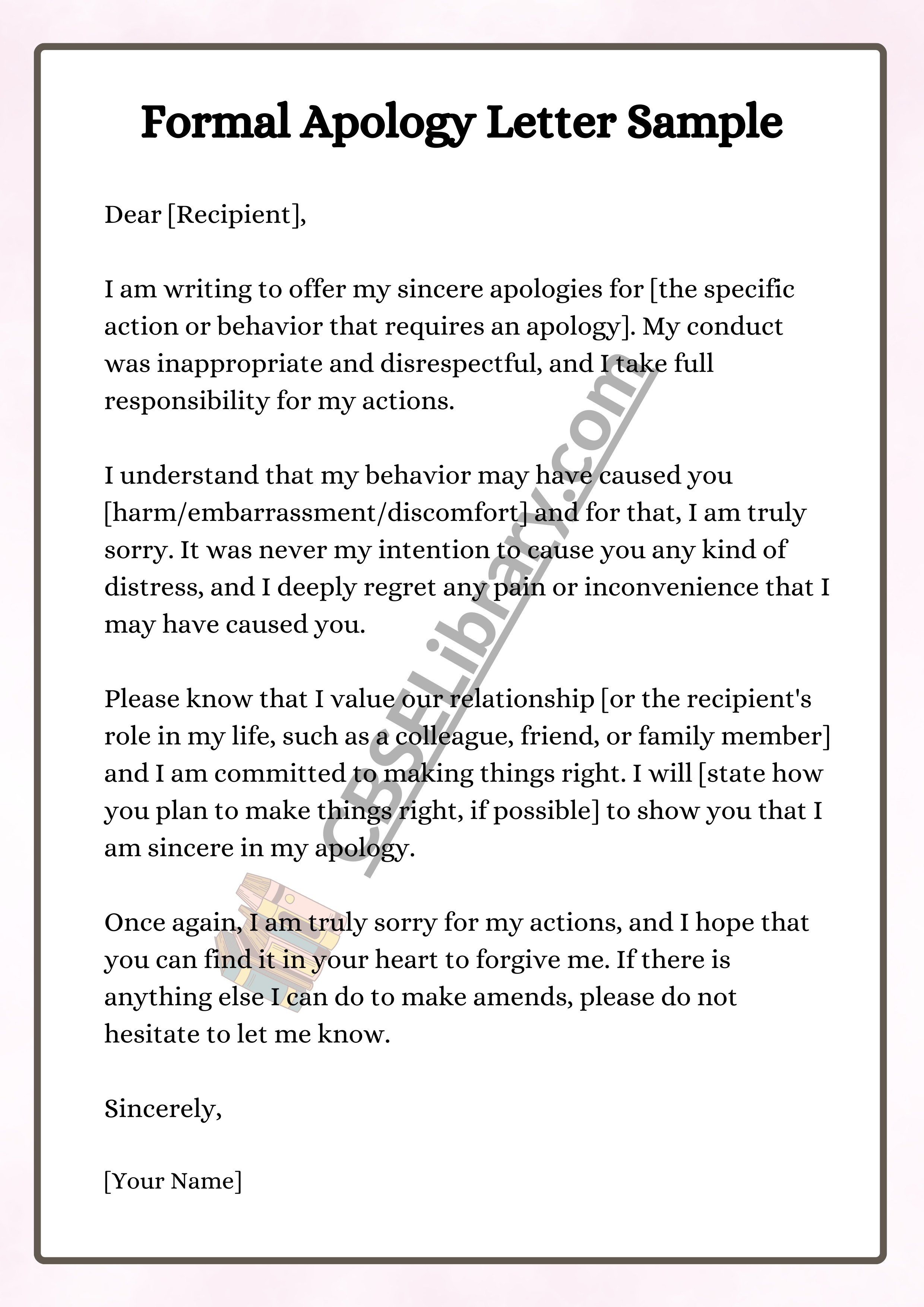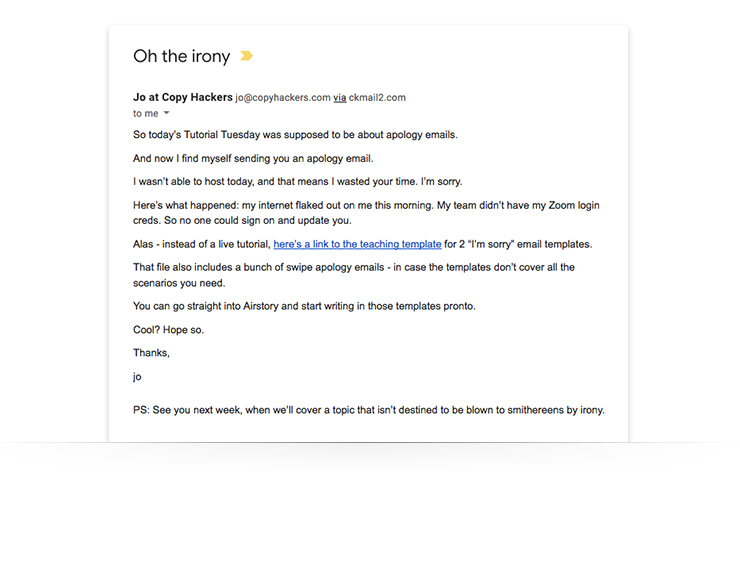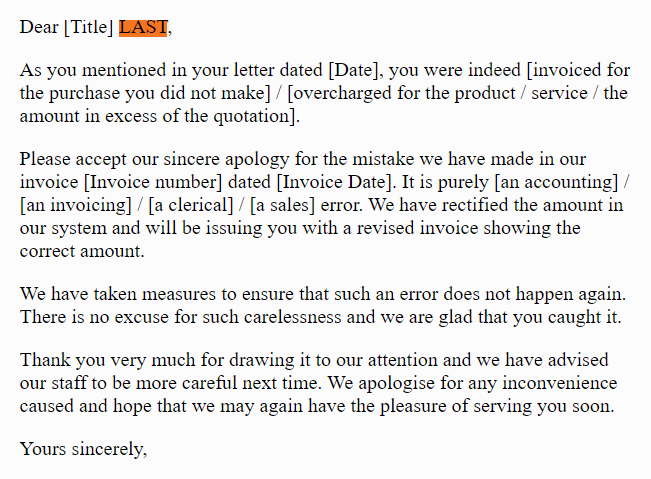How To Say Sorry In Professional Email
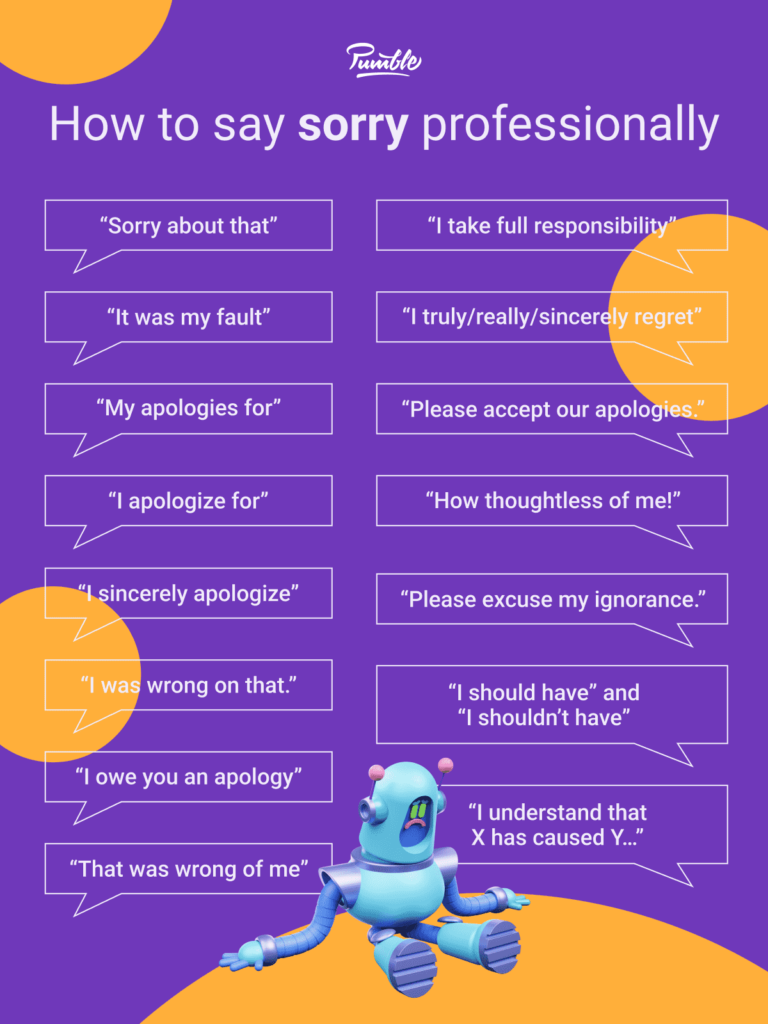
Crafting an effective apology in a professional email can be a delicate dance. A poorly worded email can exacerbate the situation, while a sincere and well-articulated one can mend relationships and rebuild trust.
Navigating the nuances of professional apologies requires understanding the context of the error, the recipient's perspective, and the appropriate tone to convey remorse and commitment to improvement. This article provides a guide on how to craft impactful apology emails in various professional scenarios.
The Importance of a Sincere Apology
A genuine apology starts with taking ownership of the mistake. Avoid deflecting blame or making excuses, as this can undermine the sincerity of your message.
According to a study by the Harvard Business Review, apologies are most effective when they include an expression of regret, an explanation of what went wrong, an acknowledgment of responsibility, a declaration of repentance, an offer of repair, and a request for forgiveness. Missing any of these elements can weaken the impact of the apology.
Key Elements of an Apology Email
Start with a clear and direct statement of apology. Use phrases like "I sincerely apologize" or "I am truly sorry" to immediately convey your remorse.
Be specific about the mistake you made. Avoid vague language and clearly state what you are apologizing for.
For example, instead of saying "I apologize for the inconvenience," state, "I apologize for missing the deadline for the project proposal." This shows you understand the impact of your actions.
Explain what went wrong, but avoid making excuses. Provide a brief explanation of the circumstances that led to the error, but focus on taking responsibility rather than shifting blame.
Offer a solution or a plan for preventing future errors. This demonstrates your commitment to rectifying the situation and preventing it from happening again.
For instance, you might say, "I have already implemented a new system to ensure deadlines are met in the future."
Express your commitment to regaining trust. Let the recipient know that you value the relationship and are committed to earning back their confidence.
Conclude with a respectful closing. Use a professional closing such as "Sincerely," "Best regards," or "Respectfully," followed by your name.
Examples of Apology Emails
Example 1: Missed Deadline
Subject: Apology for Missed Project Proposal Deadline
Dear [Recipient Name],
I am writing to sincerely apologize for missing the deadline for the project proposal. I understand this has caused inconvenience and potential delays, and I take full responsibility for my oversight.
Due to unforeseen circumstances, I was unable to complete the proposal by the agreed-upon date. I have since completed the proposal and have attached it to this email.
To prevent this from happening again, I have implemented a new time management system to ensure all future deadlines are met promptly. I value our working relationship and am committed to regaining your trust.
Sincerely,
[Your Name]
Example 2: Error in Communication
Subject: Apology for Miscommunication
Dear [Recipient Name],
I am truly sorry for the miscommunication regarding [specific situation]. I realize that my previous email was unclear and led to confusion.
I should have provided more detailed information, and I regret any frustration or inconvenience this may have caused. I have attached a revised explanation clarifying the details.
I am committed to ensuring clear and effective communication in the future. Thank you for your understanding.
Best regards,
[Your Name]
What to Avoid in an Apology Email
Do not make excuses or shift blame. Focus on taking responsibility for your actions.
Avoid using passive voice, which can make it seem like you are trying to avoid taking responsibility. Instead of saying "A mistake was made," say "I made a mistake."
Do not over-apologize, as this can come across as insincere or desperate. Keep your apology concise and focused.
Refrain from using humor, as it can be misinterpreted and undermine the seriousness of your apology. Never use sarcasm or condescending tone.
The Impact of a Well-Crafted Apology
A sincere apology can help to rebuild trust, strengthen relationships, and improve communication. It shows that you value the other person's feelings and are committed to rectifying the situation.
Conversely, a poorly worded or insincere apology can damage relationships and erode trust. Taking the time to craft a thoughtful and genuine apology is essential for maintaining positive professional relationships. Being genuine is crucial in the long run.
Ultimately, a well-executed apology demonstrates professionalism, integrity, and respect. It highlights your ability to learn from your mistakes and maintain a positive attitude in the face of challenges. Building trust is key.
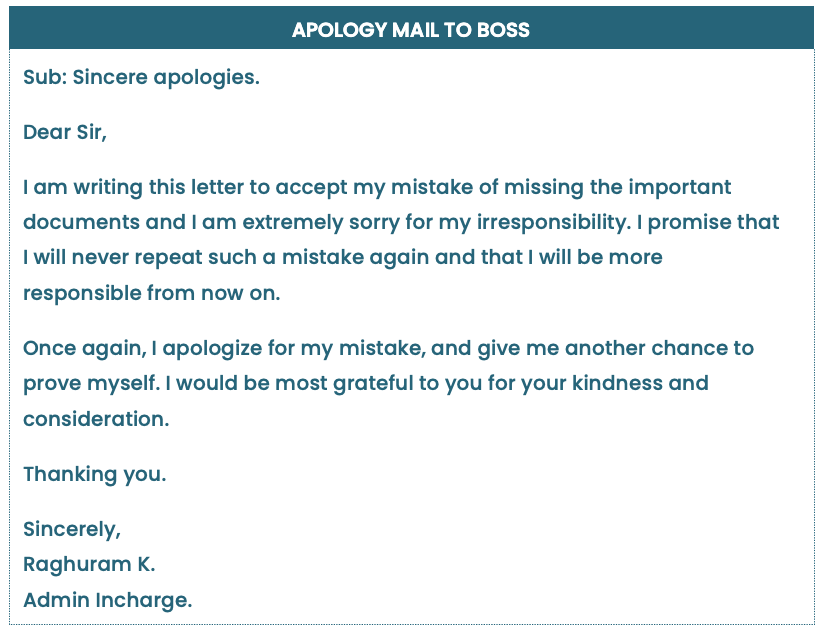


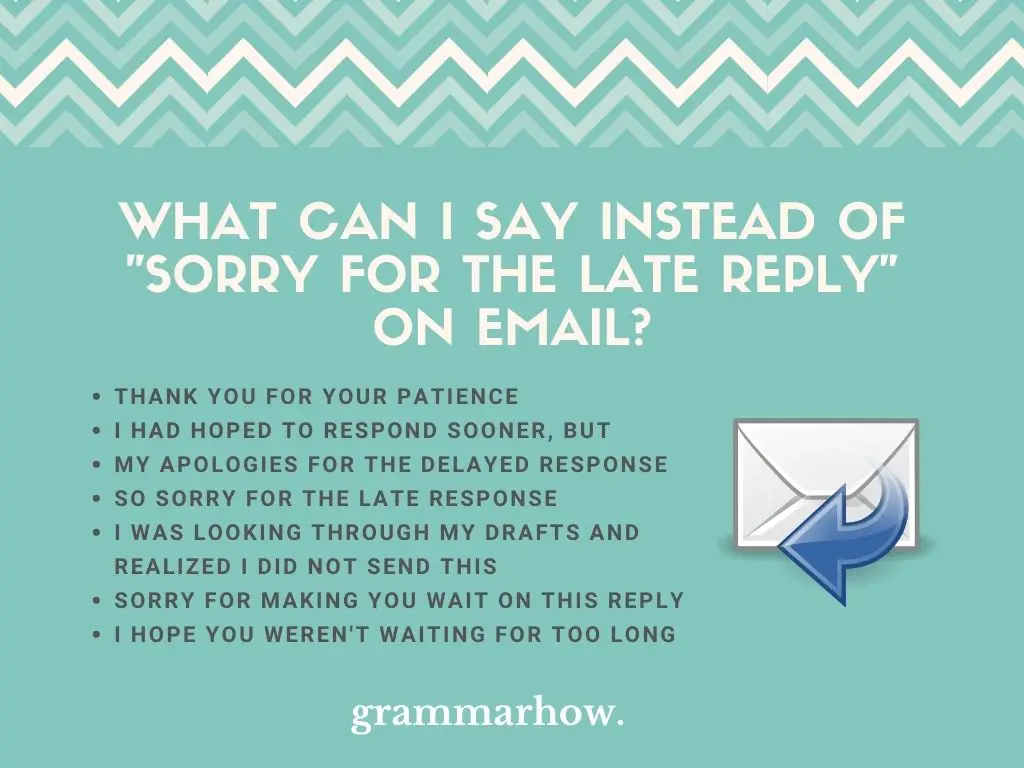




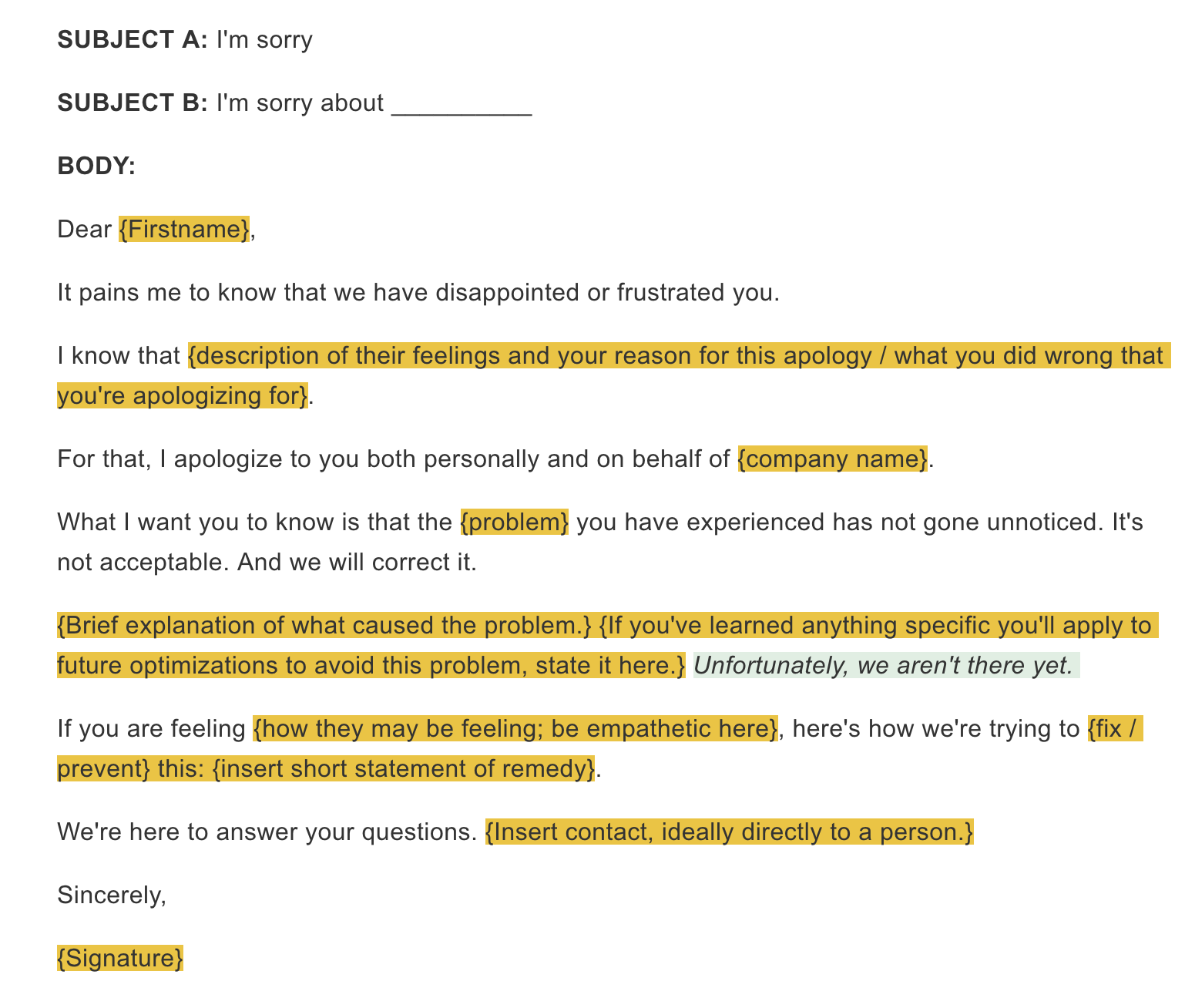


![How To Say Sorry In Professional Email How to Write & Send Apology Emails to Customers [+Examples]](https://automizy.com/wp-content/uploads/our-mistake.png)
